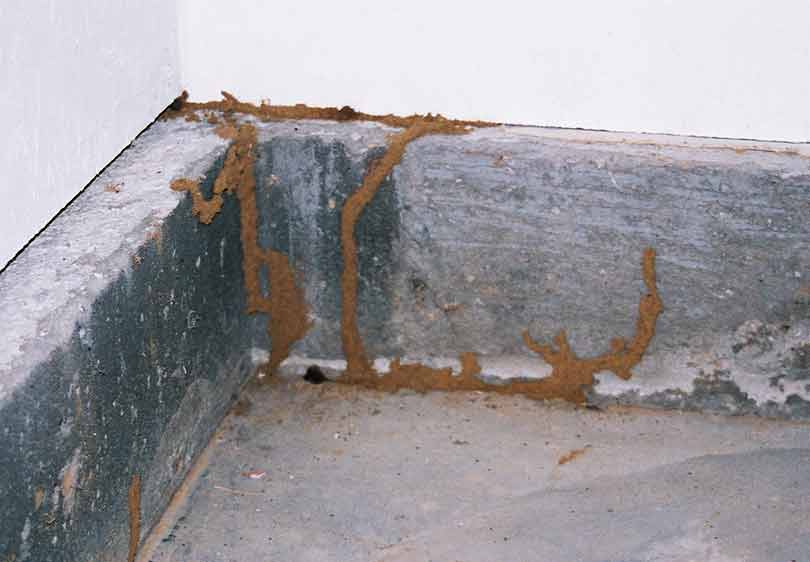Techniques in Vole Control Utah: What Functions Best?
Techniques in Vole Control Utah: What Functions Best?
Blog Article
Comprehensive Parasite Control Services to Combat Vole Infestations
By utilizing a combination of identification, habitat, capturing, and exclusion adjustment techniques, expert pest control solutions can use a customized solution to combat vole infestations. The essential lies in implementing an all-round plan that not only gets rid of existing voles yet also establishes long-lasting control measures to protect versus future invasions.
Vole Recognition and Inspection
When checking for voles, look for their particular runways, burrow openings, and chomped plant origins. Nibbled plant origins are one more indicator of vole activity, showing their existence and possible damages to vegetation. By accurately determining these indicators, parasite control professionals can tailor their strategies to successfully handle vole infestations and shield yards and lawns from more injury.

Capturing and Removal Strategies
Effective pest control techniques for managing vole problems often include using specialized capturing and elimination techniques. Capturing is an extensively utilized approach to catch voles and relocate them away from residential or commercial properties.
When establishing up catches, it is important to ensure they are positioned correctly and baited with vole-preferred food sources like peanut butter, seeds, or fruits. Frequently checking the catches is important to without delay eliminate recorded voles and prevent distress or injury to the animals. As soon as trapped, voles need to be transferred to ideal habitats far from human houses to stay clear of re-infestation.
In addition, exemption techniques, such as installing obstacles or secure fencing underground, can aid discourage voles from accessing particular areas. Correct disposal of captured voles and constant monitoring of vole activity are crucial components of an effective capturing and elimination approach in vole infestation monitoring.
Exclusion and Obstacle Methods

By dealing with these vulnerabilities and applying targeted exemption and barrier actions, home owners can dramatically decrease the danger of vole problems. Ultimately, a mix of capturing, removal, and proactive exemption procedures can help efficiently take care of vole populations and secure residential or commercial properties from infestations.
Environment Modification and Prevention
To minimize vole problems, habitat alteration and avoidance techniques concentrate on modifying the environment to prevent vole habitation. One efficient method is minimizing the schedule of food sources by maintaining yard trimmed short, eliminating weeds and debris, and maintaining a tidy backyard. Voles are brought in to areas with dense vegetation and clutter, so creating open spaces can aid prevent them from clearing up in the location. Additionally, lowering excess wetness by repairing leaking pipelines, making sure correct drainage, and eliminating standing water can make the setting less friendly for voles.
Including barriers like gravel boundaries or cord mesh underground can additionally avoid voles from burrowing right into yards or yards. By executing these habitat alterations and avoidance steps, residential property owners can proactively decrease the threat of vole infestations and safeguard their outdoor areas from damage.
Tracking and Follow-Up Techniques

Follow-up methods include revisiting the treated locations to check for any her response kind of indications of vole task. Keeping track of stations, traps, and aesthetic examinations are generally utilized approaches to examine page the success of the pest control steps. By routinely checking these locations, bug control professionals can promptly recognize any resurgence of vole activity and take aggressive actions to address the concern prior to it intensifies.
Furthermore, documenting the outcomes of surveillance and follow-up tasks is important for tracking the development of vole problem control with time. These records help in identifying trends, reviewing the effectiveness of various control approaches, and making notified choices for future insect monitoring strategies. Routine follow-up procedures not only aid in preventing vole re-infestations but also add to the total success of parasite control efforts.
Conclusion
Finally, comprehensive bug control services are essential for efficiently combating vole infestations. By recognizing and evaluating vole populations, executing trapping and removal strategies, making use of exemption and barrier approaches, modifying habitats, and implementing monitoring and follow-up approaches, residential or commercial property owners can successfully take care of and avoid future invasions. It is essential to attend to vole invasions immediately to stay clear of damages to residential or commercial property and potential health and wellness risks.
By using a combination of recognition, exemption, environment, and trapping adjustment methods, expert insect control services can use a customized solution to combat vole infestations (vole control service). By properly recognizing these signs, bug control professionals can customize their strategies to successfully take care of vole problems and protect gardens and yards from further injury
Efficient pest control strategies for managing vole infestations often involve employing specialized capturing and elimination techniques.To mitigate vole problems, environment modification and prevention approaches focus on changing the setting to discourage vole habitation.Normal tracking and follow-up procedures are crucial in keeping Recommended Site vole problem control procedures and guaranteeing long-term success in pest monitoring.
Report this page